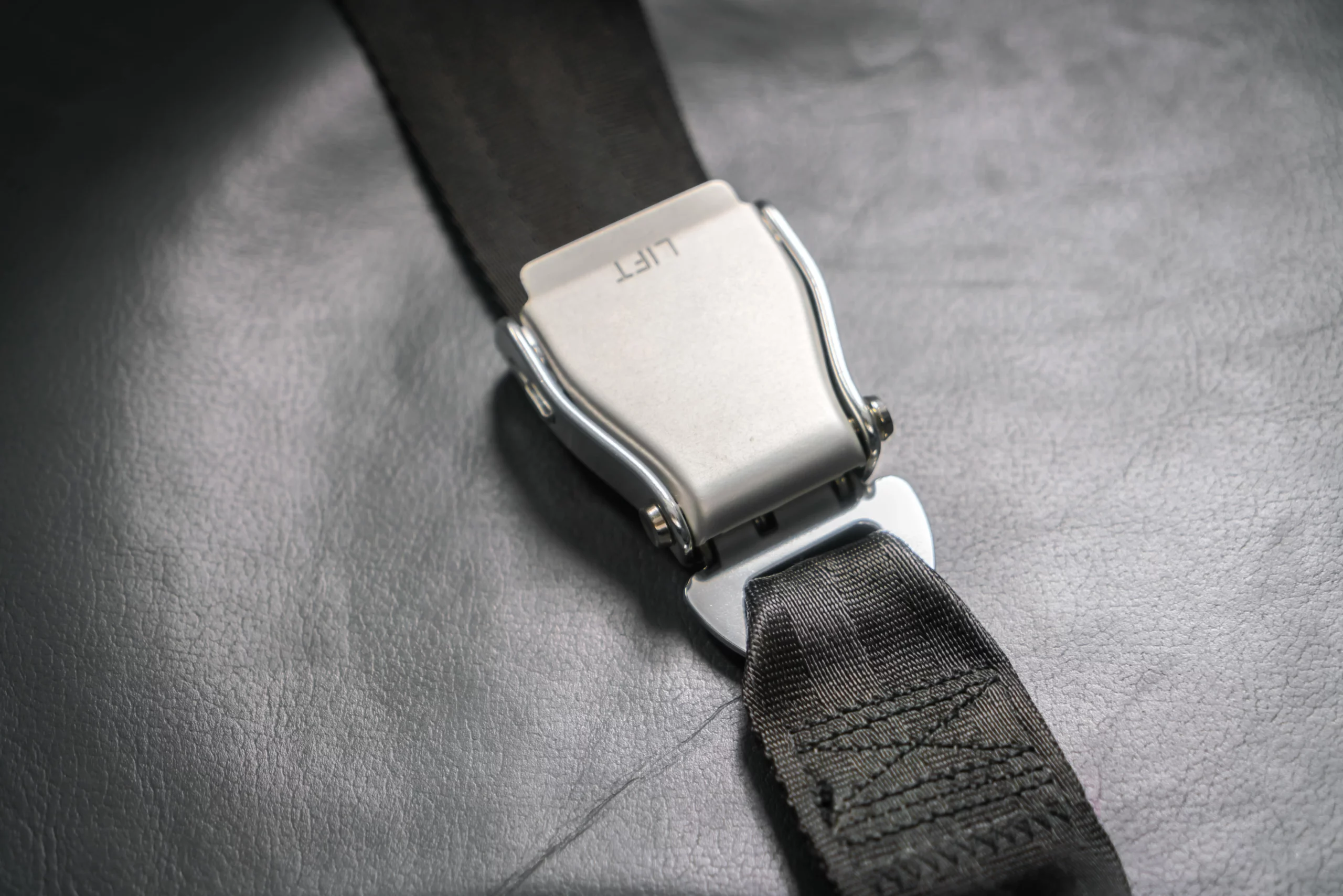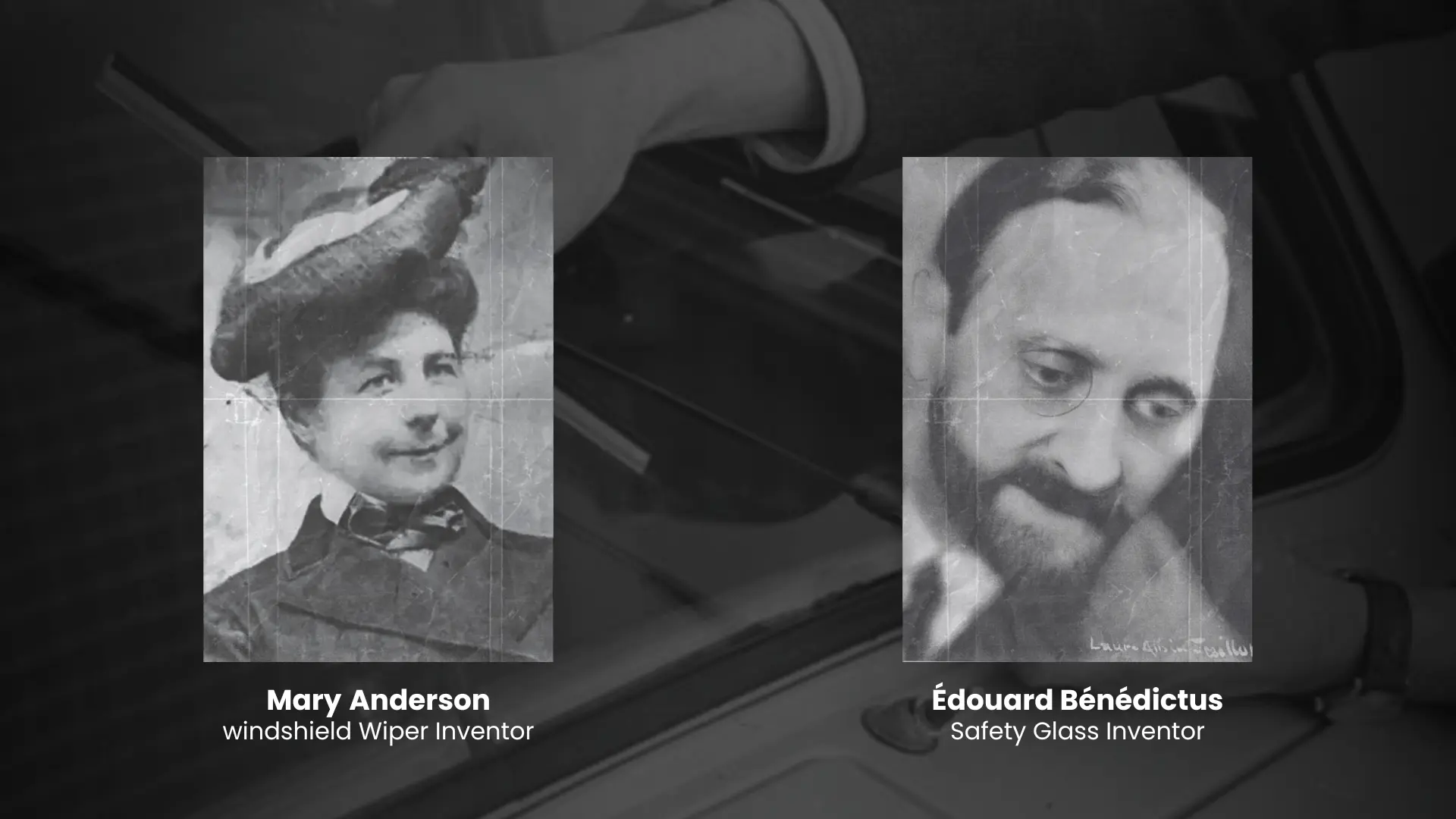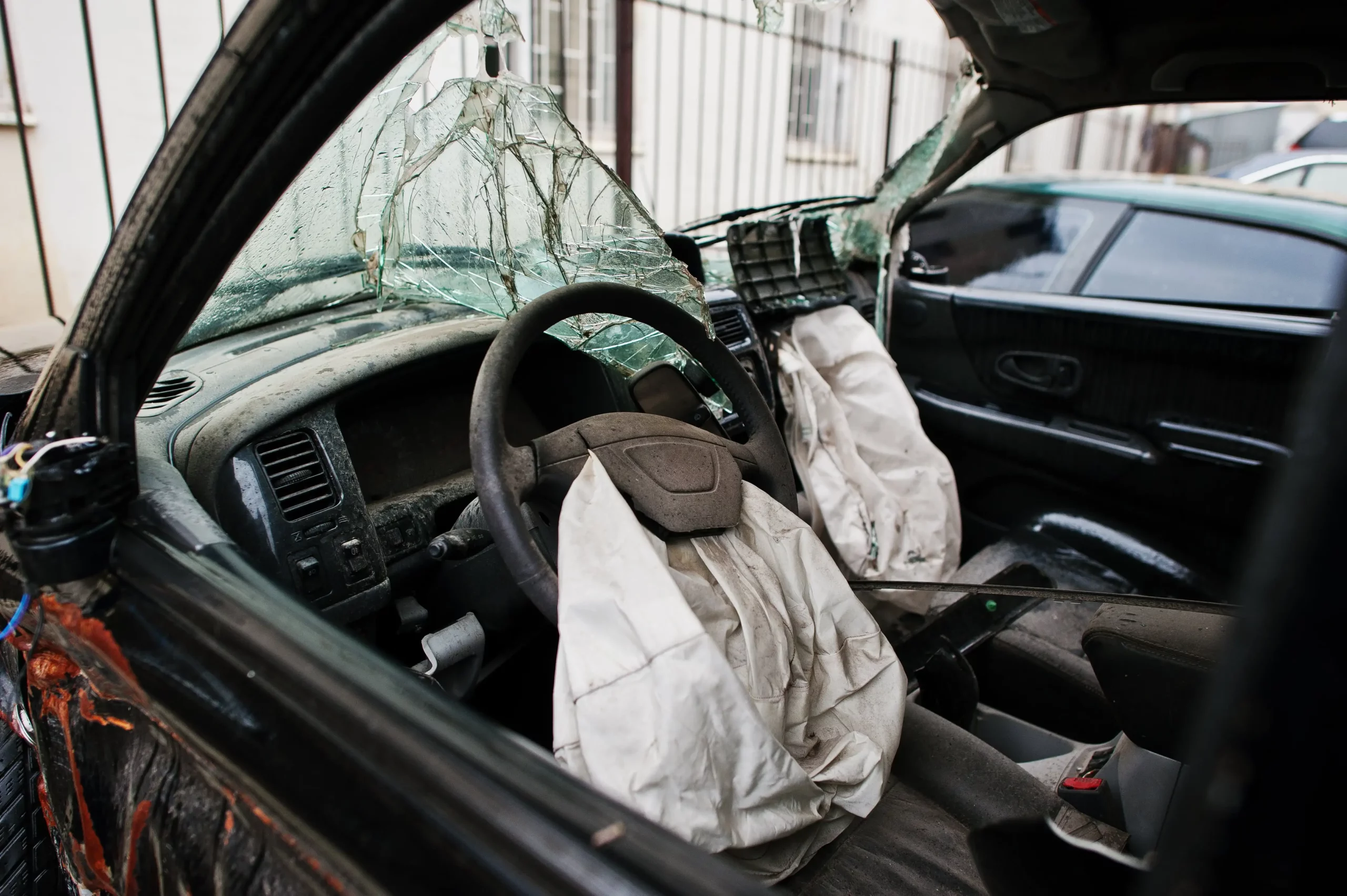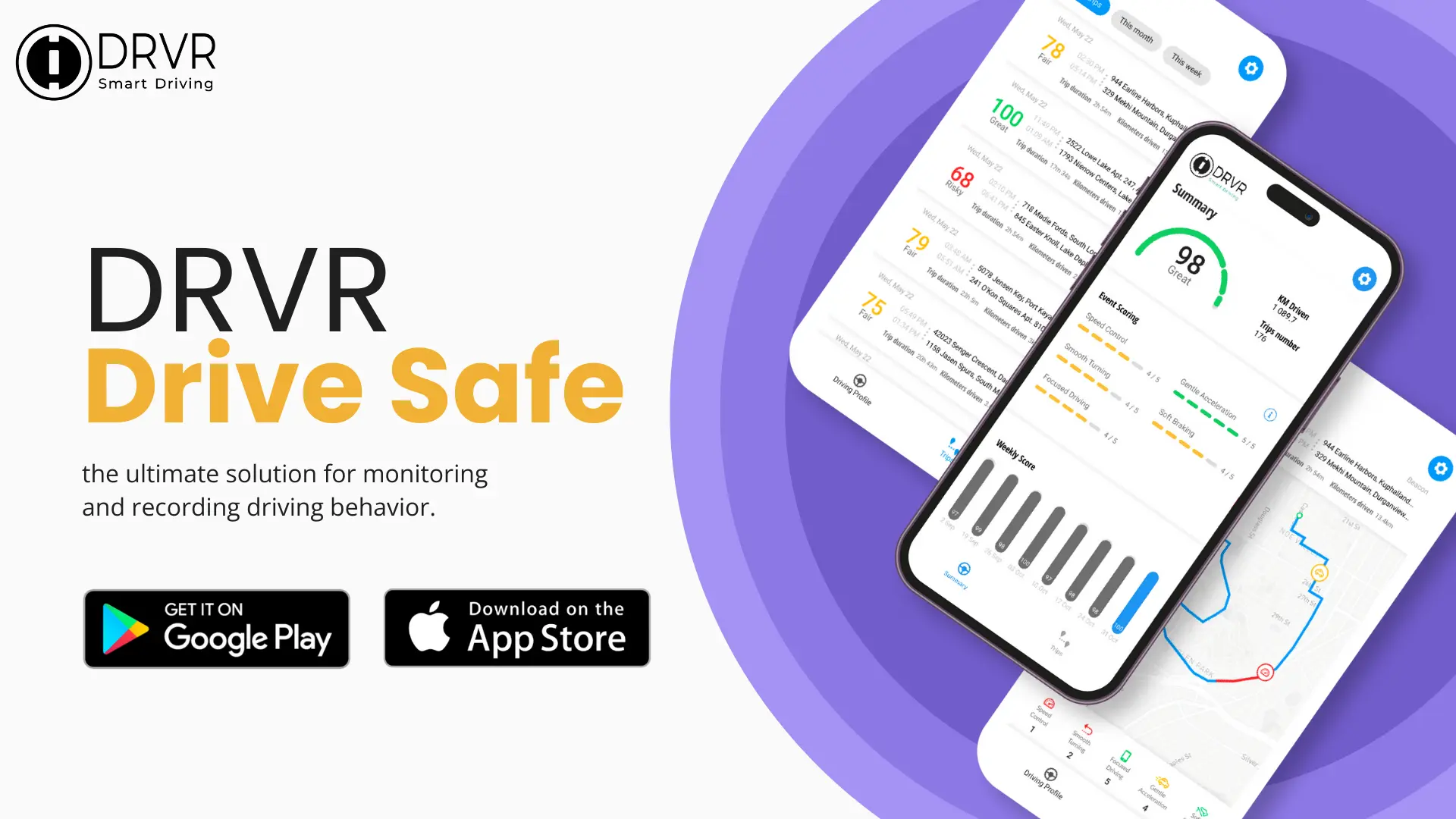A Journey Through Time: Car Safety Inventions from Past to Present
5 min read . Mar 18, 2024 . By DRVR
19th Century:


Seat Belts: One of the earliest iterations of a seatbelt-like device was introduced in the 1880s by George Cayley, a British inventor known for his pioneering work in aviation. Cayley’s design featured a rudimentary lap belt intended to secure occupants in his glider aircraft. However, it wasn’t until 1959 that the modern three-point seatbelt, with shoulder and lap restraints, was developed by a Swedish engineer, Nils Bohlin at Volvo. Volvo made Bohlin’s design available to other manufacturers royalty-free, leading to widespread adoption in the automotive industry. Legislation mandating seatbelt use began to emerge in the following decades, further promoting their use as a standard safety feature. Today, seatbelts are universally recognized as essential safety devices, significantly reducing the risk of injury and saving countless lives in automobile accidents worldwide.
20th Century:

Windshield Wipers: In 1903, Mary Anderson, an Alabama native invented the windshield wiper, forever changing the way drivers navigate through rain and snow. Prior to this innovation, drivers often struggled with obscured vision during inclement weather conditions. Windshield wipers revolutionized driving safety by improving visibility and reducing the risk of accidents caused by impaired vision.

Safety Glass: French chemist Édouard Bénédictus accidentally discovered the laminated glass process in 1903. This discovery led to the production of laminated safety glass, which gained popularity in automobile windshields due to its ability to shatter into small, dull fragments upon impact. Safety glass became standard in vehicles by the 1920s, greatly reducing injuries from flying glass during accidents. Over time, safety glass technology continued to evolve, with tempered glass becoming another common type used in vehicle windows for its strength and resistance to breakage.
Rearview Mirror: In 1911, Ray Harroun installed the first rearview mirror on his race car’s dashboard during the inaugural Indianapolis 500. This simple yet ingenious invention provided drivers with a clear view of the road behind them, enhancing safety by reducing blind spots and enabling better situational awareness. Over the years, rearview mirror designs have evolved to include features such as automatic dimming and integrated electronic displays, further enhancing their functionality and safety benefits.

ABS (Anti-lock Braking System): In the 1920s, French engineer Gabriel Voisin patented an early form of ABS, but it wasn’t widely adopted. The contemporary ABS we use today saw development in the 1950s, led by engineers at Dunlop in the UK and the German company Bosch. By the late 1960s, Bosch had perfected the technology, unveiling the first electronic ABS system for production vehicles. Throughout the 1980s and 1990s, ABS experienced widespread adoption, becoming a standard safety feature in most new cars. ABS prevents wheel lock during emergency braking, enabling drivers to maintain control and stability on slippery surfaces, thereby significantly improving braking performance and reducing the risk of accidents.
Crumple Zones: Crumple zones, also known as crush zones, were developed as a safety feature in automobiles to absorb energy and reduce the force of impact during collisions. The concept of crumple zones emerged in the 1930s, but it wasn’t until the 1950s and 1960s that automakers began incorporating them into vehicle designs. Mercedes-Benz engineer Béla Barényi is credited with pioneering the modern crumple zone design, which strategically places weaker areas in the vehicle’s structure to deform in a controlled manner upon impact. By dissipating crash forces away from the occupants, crumple zones minimize the risk of injuries and increase the likelihood of survival in accidents.

Airbags: In the 1950s, American engineer John W. Hetrick developed an early prototype of the airbag system, inspired by his experiences with compressed air devices in the Navy. Hetrick’s invention consisted of an inflatable cushion that deployed upon impact to cushion vehicle occupants. However, it wasn’t until the 1970s that airbags began to gain serious attention from automakers and regulators. In 1981, Mercedes-Benz became the first automaker to offer airbags as optional equipment in their vehicles, marking a significant milestone in automotive safety. By the late 20th century, airbags had become standard safety features in most new cars, playing a crucial role in reducing the severity of injuries in frontal collisions.
Backup Cameras: Introduced by Toyota in 1991, the first commercial backup camera system revolutionized vehicle safety. Mounted on the rear of the vehicle, this pioneering system offered drivers a live video feed of the area behind the car, significantly improving visibility while reversing. With technological progress, backup cameras quickly became ubiquitous, with numerous manufacturers integrating them as either standard or optional features in their vehicles. Today, backup cameras are standard equipment in modern automobiles, playing a crucial role in preventing accidents and enhancing driver confidence.
21st Century:

Automatic Parking Systems: The first commercial implementations of automatic parking systems emerged in luxury vehicles in the early 2000s, such as the Lexus LS and the BMW 7 Series. These systems utilize a combination of sensors, cameras, and computer algorithms to identify suitable parking spaces and automatically steer the vehicle into position. As technology advanced, automatic parking systems became more widespread, available in a variety of vehicle models across different price ranges, offering convenience and reducing the stress associated with parking in tight spaces.
Night Vision Systems: Originating from military applications, night vision systems employ infrared sensors and cameras to detect heat from objects, enhancing visibility in low-light environments. In the early 2000s, automakers started integrating these systems into luxury vehicles, allowing drivers to detect pedestrians, animals, and obstacles beyond the reach of standard headlights. Today, Night Vision Systems offer visual alerts and highlight potential hazards on displays, significantly enhancing safety and visibility during nighttime driving.

Recent Posts
A Journey Through Time: Car Safety Inventions from Past to Present
Danger on the Road: The Most Common Unsafe Driving Habits

